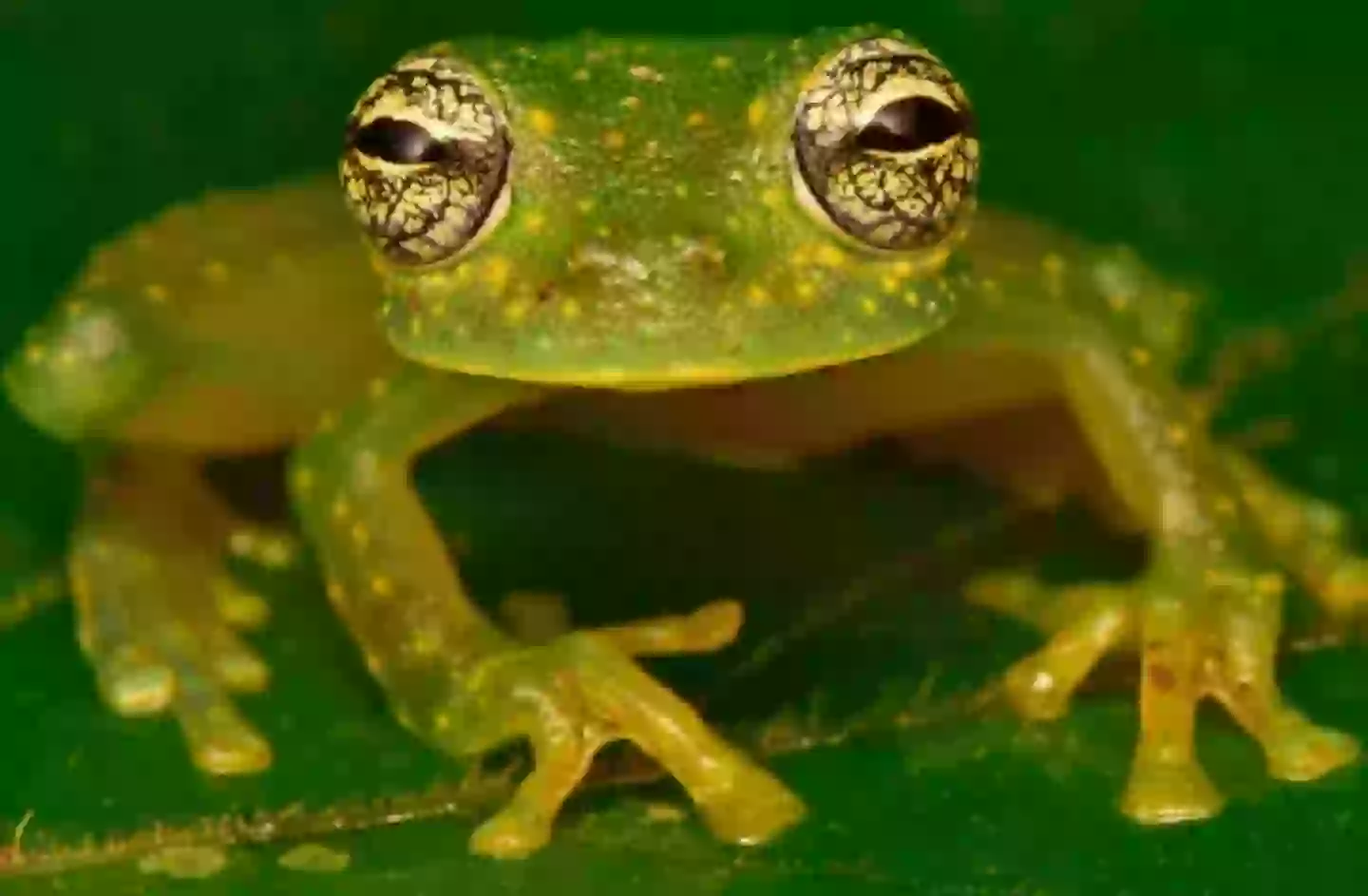“Unveiling Nature’s Secrets: Hundreds of New Species Unearthed in a Mythical Jungle ‘Lost City'”
Did you know scientists estimate there are over eight million different species on our blue planet, and we’re really just scratching the surface of what we could discover? I mean, talk about a treasure hunt! Imagine a team of brave explorers diving into the depths of a mysterious rainforest in Honduras—spending weeks navigating the wild to uncover an ancient ‘lost city.’ It sounds like the plot of an adventure movie, but it really happened! They stumbled upon hundreds of butterflies, bats, and reptiles, some of which we thought were long gone. The discovery of these hidden species, including critters thought to be extinct, sheds new light on an ancient civilization’s ecosystem that has thrived, untouched, for centuries. Grab your explorer’s hat because this remarkable journey into the ‘White City’—or the ‘Lost City of the Monkey God’—is just waiting to be told! LEARN MORE.
Scientists estimate there are over eight million different species on the planet, and that we are still a long way off finding them all.
However, when a team spent weeks exploring an ancient ‘lost city’ located deep within a Honduras rainforest, they managed to get the total we’d discovered up a fair bit.
The team found hundreds of species of butterflies, bats and reptiles hanging out around the ancient city, and they even found some critters which were thought to have gone extinct.
The Independent reported that a team went to the location of the ‘White City’, or ‘Lost City of the Monkey God’ in Honduras, which was built by a civilisation we know very little about.
While we might know a lot about the Mayans despite large swathes of them disappearing over the centuries, whomever built the infrastructure of this lost city is not as renowned.

They found all sorts of wonderful creatures (Conservation International)
Nevertheless, they did build a city and it was later discovered, which prompted a scientific expedition to this treasured place.
A conservation team spent three weeks exploring the place nestled in a rainforest, where it had been hidden for centuries.
Trond Larsen, the director of Conservation International’s Rapid Assessment Programme (RAP), was ‘shocked’ to discover so many rare species during the three weeks there.
He said: “The ‘White City’ is one of the few areas remaining in Central America where ecological and evolutionary processes remain intact.
“One of the main reasons we found such high species richness and abundance of threatened and wide-ranging species (e.g., peccaries) is that the forests around the White City remain pristine, unlike much of the region.
“This makes the area a high conservation priority for maintaining the broader landscape connectivity that is essential for the long-term persistence of biodiversity through Central America.”

The scientists discovered hundreds of species living in the lost city, including some thought to have gone extinct (Conservation International)
Scientists discovered that the lost city was inhabited by 246 species of butterflies and moths, 30 kinds of bats and 57 different varieties of amphibians and reptiles.
They found 22 species which had never before been recorded in Honduras, and rediscovered three species which were thought to have been lost to the country.
The pale faced bat and the false tree coral snake were fascinating finds, but the team also found a tiger beetle which had previously only been found in Nicaragua and had been thought to be extinct.
Just imagine this place, this ecosystem which grow on the bones of an abandoned city for centuries without being disturbed by human interference which became home to species previously thought lost.
Let’s hope we don’t f**k this place up.




















